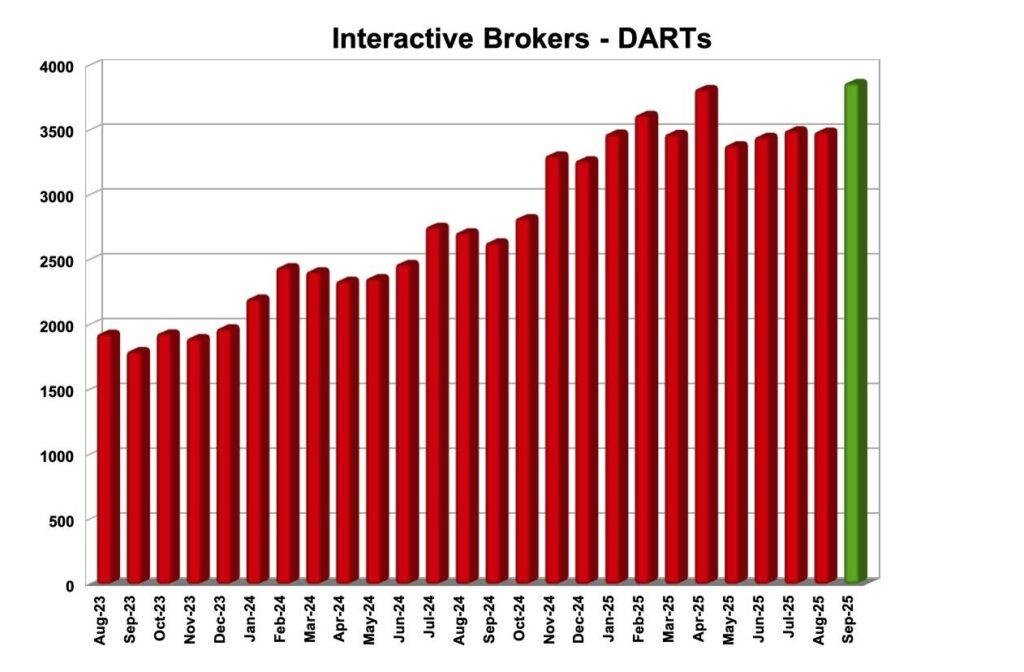With the S&P 500 (^GSPC) trading near record highs and valuations approaching levels last seen during the dot-com bubble, strategists are rethinking what normal looks like for today’s market.
Bank of America equity strategist Savita Subramanian is among those making the case.
“Perhaps we should anchor to today’s multiples as the new normal rather than expecting mean reversion to a bygone era,” Subramanian wrote in a client note on Wednesday.
That shift in thinking reflects a broader recalibration across Wall Street, driven by accelerating artificial intelligence adoption and resilient earnings growth.
Sam Stovall, chief investment strategist at CFRA Research, told Yahoo Finance that while valuations remain elevated compared to long-term averages, they look more justifiable when measured against the past five years — a stretch marked by megacap leadership and strong fundamentals.
“Over the past 20 years, the S&P 500 is trading at roughly a 40% premium to its long-term average on forward estimates,” he said. “But on a five-year basis, when mega-cap tech began to dominate market cap and earnings growth, that premium shrinks to a high single-digit range.”
In other words, what looks expensive through a decades-long lens may be far more justified in today’s tech-driven market structure.
The debate over valuations has also spilled beyond Wall Street research desks and into the broader investor community.
Fed Chair Jerome Powell acknowledged this past week that markets look “fairly highly valued,” a comment that drew comparisons to former Fed Chair Alan Greenspan’s 1996 “irrational exuberance” speech, which was delivered more than three years before the dot-com bubble actually burst.
Read more: How to protect your money during turmoil, stock market volatility
In a LinkedIn post on Friday, Sonali Basak, chief investment strategist at iCapital, noted the parallels and shared a warning from Barry Ritholtz, chief investment officer at Ritholtz Wealth Management, who pointed out that trying to time the top can be a costly mistake.
After Greenspan’s famous warning, “the market ended up rallying for years,” Basak wrote, citing Ritholtz’s observation that investors who stayed on the sidelines missed a fivefold rally in the Nasdaq before the eventual crash.
“If you’re an investor trying to guess where the top is, your odds are very much against you,” Ritholtz told Basak.
That historical lesson is shaping today’s narrative, as strategists weigh high multiples against still-solid growth, robust earnings, and record cash on the sidelines.
Market veteran Ed Yardeni wrote in a note on Tuesday that while today’s valuations are lofty — the S&P 500’s forward price-to-earnings ratio sits near 22.8, just below the 25.0 peak before the 1999 tech bust — corporate earnings have largely kept pace with prices.
Case in point: During the late-1990s bubble, Technology (XLK) and Communication Services (XLC) stocks made up roughly 40% of the S&P 500’s market cap but contributed just 23% of earnings. Today, those sectors represent a record 44% of market value and deliver 37% of the index’s earnings.
The strategist also pointed to rising forward earnings and revenues, with Q3 results tracking toward another record high.
Others on Wall Street agree that while valuations appear stretched, the current setup doesn’t signal a bubble.
“The market has had a wonderful run. 2025 has been phenomenal,” Gene Goldman, chief investment officer at Cetera Financial Group, told Yahoo Finance. “We do see some type of market pullback. … Maybe 3%, maybe 5%. But like we’ve been telling our advisers and clients, any pullback is a buy-the-dip opportunity.”
Goldman pointed to strong GDP growth, resilient consumer spending, and extra cash sitting on the sidelines as key supports for equities. “We don’t see a bear market because you need a recession to have a bear market,” he said. “The economy looks pretty good.”
In his view, the bigger risk may be a “melt-up” — not a meltdown — as investors chase performance into year-end.
“We do risk a melt-up where everyone jumps in and buys aggressively,” Goldman said, adding that stocks could stay elevated as earnings expectations for 2026 remain strong and Fed rate cuts continue to broaden market participation.
Allie Canal is a Senior Reporter at Yahoo Finance. Follow her on X @allie_canal, LinkedIn, and email her at alexandra.canal@yahoofinance.com.
Click here for the latest stock market news and in-depth analysis, including events that move stocks
Read the latest financial and business news from Yahoo Finance





